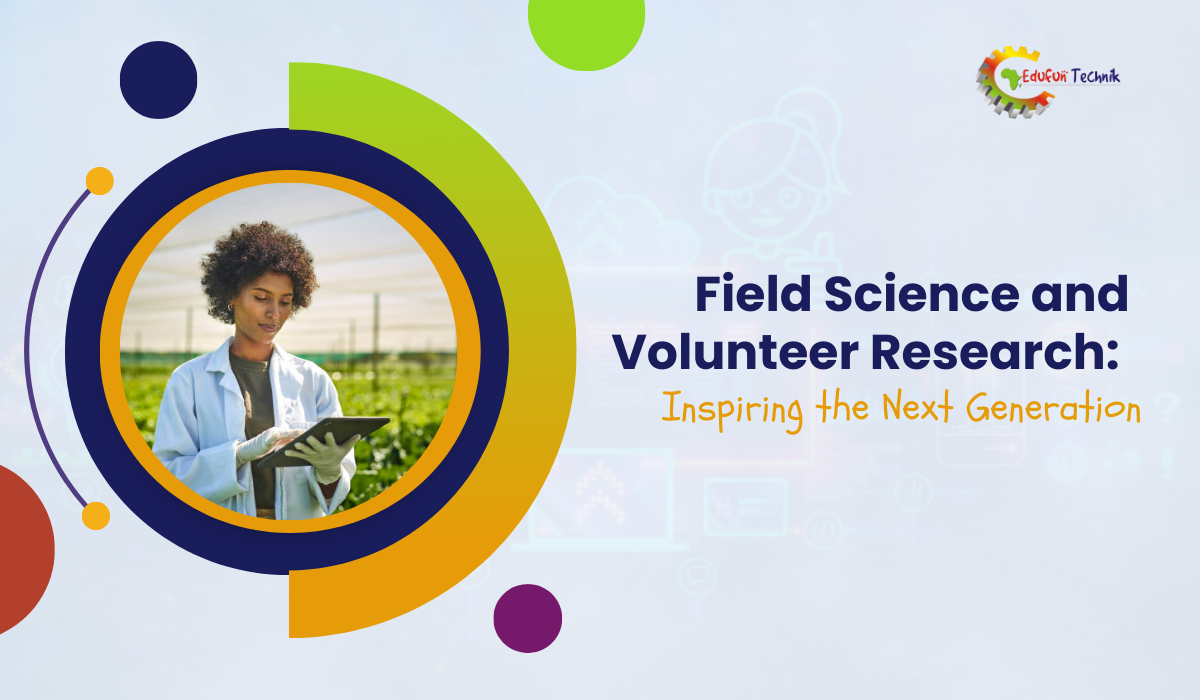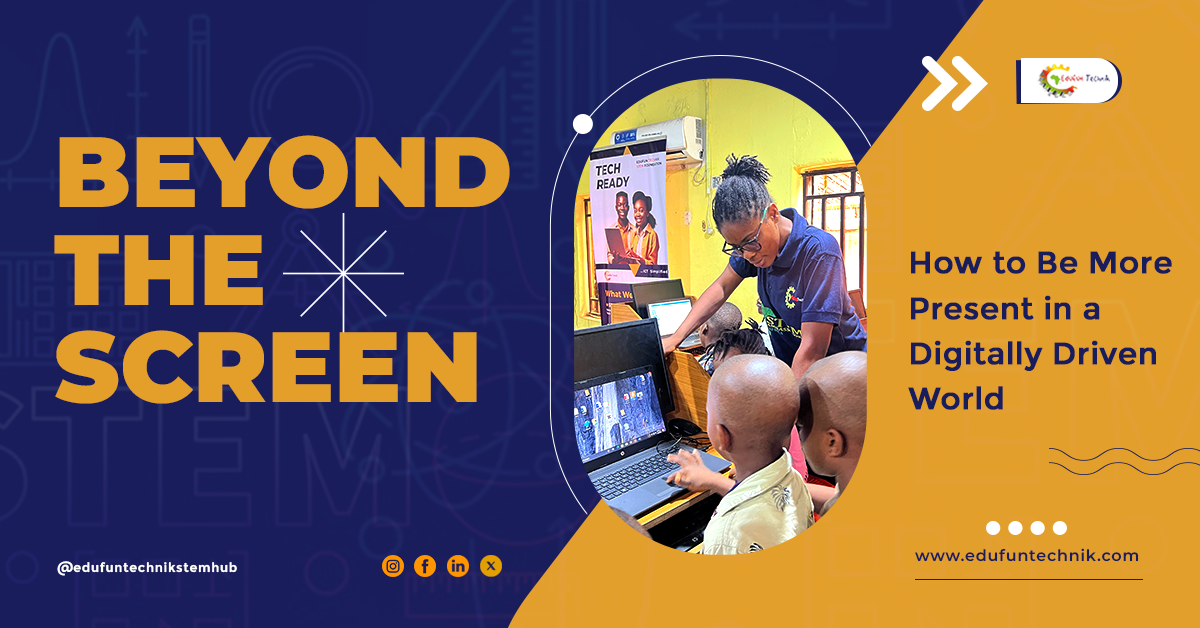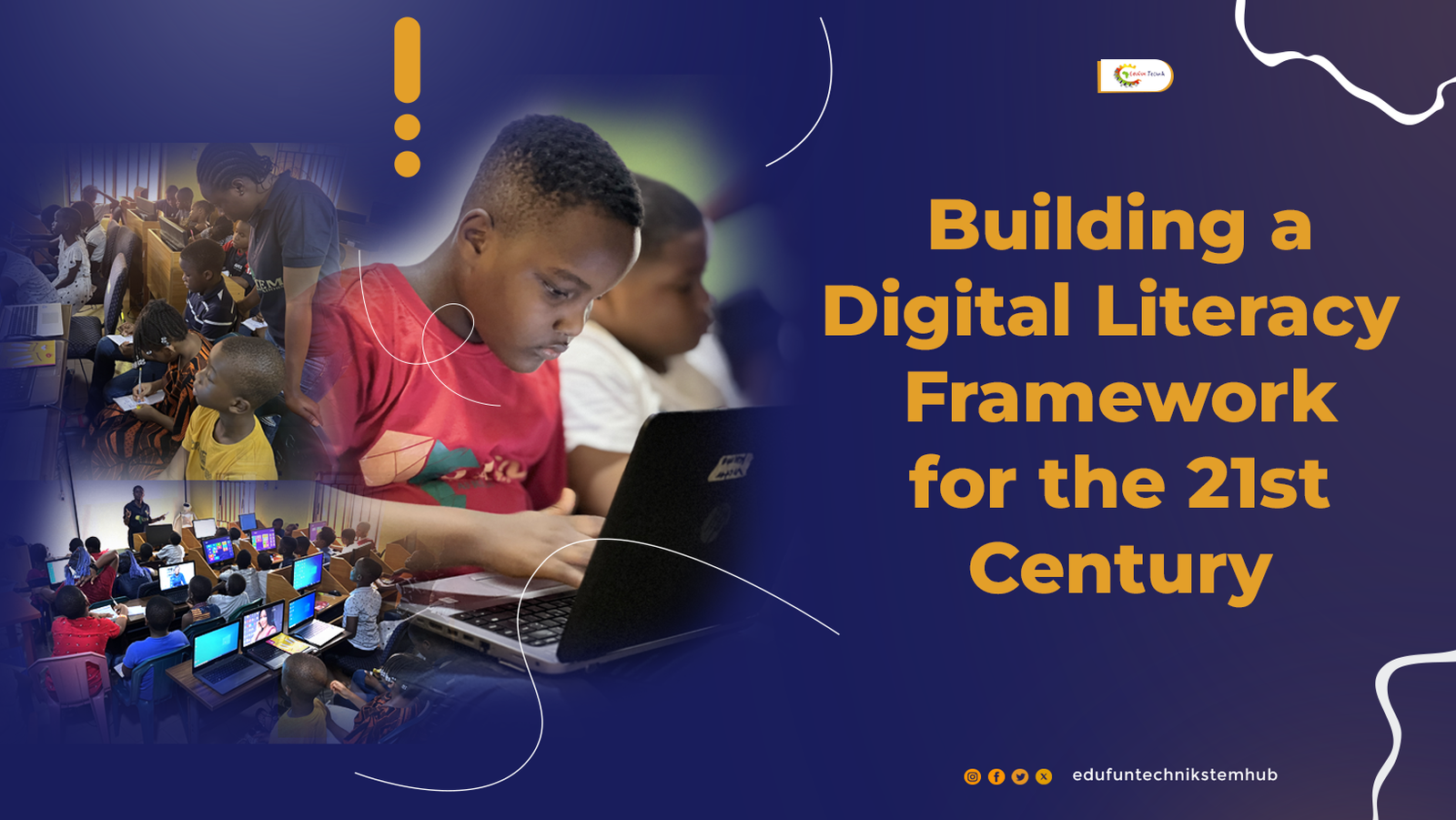Have you ever wondered how scientists keep track of all the animals, plants, and even weather changes happening around us? It might surprise you to know that a lot of the important data they use comes from regular people like you and me. This is where field science and volunteer research come in!
Field science means going out into nature to study things like birds, insects, or plants right where they live. And volunteer research? That’s when people, often with little or no formal science training, help collect important data for real scientific studies. Pretty cool, right?
What’s even more exciting is how this hands-on work can inspire young people. Getting out into the field and seeing science in action makes learning so much more fun and real. As Dr. Jane Goodall, the famous primatologist, once said, “Young people, when informed and empowered, when they realize that what they do truly makes a difference, can indeed change the world.” Field science and volunteer research are great ways to do just that!
Nowadays, field science is even more popular, thanks to technology. Apps like iNaturalist let anyone help scientists by snapping pictures of plants and animals. This is called “citizen science,” and it’s making a big difference. Scientists cannot be everywhere at once, so they rely on regular people—volunteers—to help collect data. This is where you come in!
Kids, teens, and adults are stepping up to help with big projects, from tracking climate change to saving endangered animals. It is not just about helping scientists, though. It is about learning, exploring, and maybe even finding your passion.
Why Field Science is Amazing
Let’s look into what makes field science so special. Imagine being outside, maybe in a forest or by a river, and you are not just hiking or playing; you are actually helping scientists. You might be collecting water samples, counting butterflies, or even watching the stars. How cool is that?
Being out in nature like this makes learning way more fun. Instead of reading about science in a book, you are living it. You get to see how everything in nature is connected—like how plants need bees and how clean water helps fish.
Plus, when you do field science, you are not just learning facts. You are thinking like a scientist. You are asking questions, solving problems, and figuring things out. That’s why so many kids who try field science end up loving it. They start to see themselves as scientists, too.
Real-Life Stories
Let me tell you about Maria. She’s a teenager who didn’t think much about science until she joined a volunteer project studying coral reefs. At first, she was just curious. But soon, she was hooked. She learned how to dive, how to tell different coral species apart, and why reefs are so important. By the end of the project, Maria wanted to become a marine biologist.
Then there’s Jake, who joined a birdwatching project. He started out thinking it would be boring, but he quickly realized how much fun it was to spot different birds and learn about their habits. Now, he leads birdwatching tours in his town and shares his love of birds with others.
These are just two examples, but there are tons of stories like this. Kids and teens all over are discovering how exciting science can be when you are out in the field.
What the Experts Say
Now, let’s hear from some experts. Dr. Jane Goodall, the famous scientist who studied chimpanzees, always talks about the power of young people in science. She says, “When young people get involved with nature, they realize their actions matter. They start to care more about the environment.”
Another expert, Dr. Rebecca Johnson from the California Academy of Sciences, says, “Citizen science helps everyone see that they can be a part of something bigger. It’s not just for professional scientists. Everyone can contribute.” This means you don’t need a degree to make a difference—you just need curiosity and a willingness to learn.
Organizations like National Geographic also support these ideas. They fund programs that get kids outside and learning through field science. They believe that when kids see the real world in action, they’re more likely to grow up caring about it.
How You Can Get Involved
You might be wondering, “How can I start?” The great thing is, you don’t need a fancy lab or a lot of money. There are projects everywhere you can join. Maybe your school has a science club, or there’s a local group that does nature walks. Even just going outside with a notebook and observing what you see can be a start.
There are also websites and apps like eBird or iNaturalist where you can help scientists by sharing what you find in nature. It’s easy to start, and you will be amazed at how much you can learn.
The Big Picture
So why does this all matter? Because the world needs more people who care about science and nature. By getting involved in field science, you are helping scientists do important work. You are also learning skills that can help you in school and life—like teamwork, problem-solving, and critical thinking.
And who knows? You might even discover a new passion or a future career. Whether you want to be a scientist, a teacher, or just someone who loves exploring nature, field science can be a big part of your journey.
Field science and volunteer research are more than just fun activities. They are a way to learn, grow, and make a difference. By getting involved, you are not only helping scientists—you are also discovering new things about yourself and the world around you.
So why not give it a try? Whether you are counting birds, testing water, or studying plants, you will be doing something important. And who knows? You might just inspire others to join you in protecting our amazing planet.







